Conducting research to create solutions for complex problems has been a life-long passion for Karen Thompson. As NASA’s Chief Technologist at the Kennedy Space Center in Florida, she leads a diverse team developing a myriad of innovations to support the agency’s plans for exploration beyond Earth.
A native Texan, Thompson grew up in small towns where her father was in the oil business.
“I was born in San Angelo and moved with my family to different small Texas towns associated with my father’s work as a financial advisor for Humble Oil, later the Exxon Corp.,” she said. “When I was five, we moved to Premont, Texas where I lived through high school.”
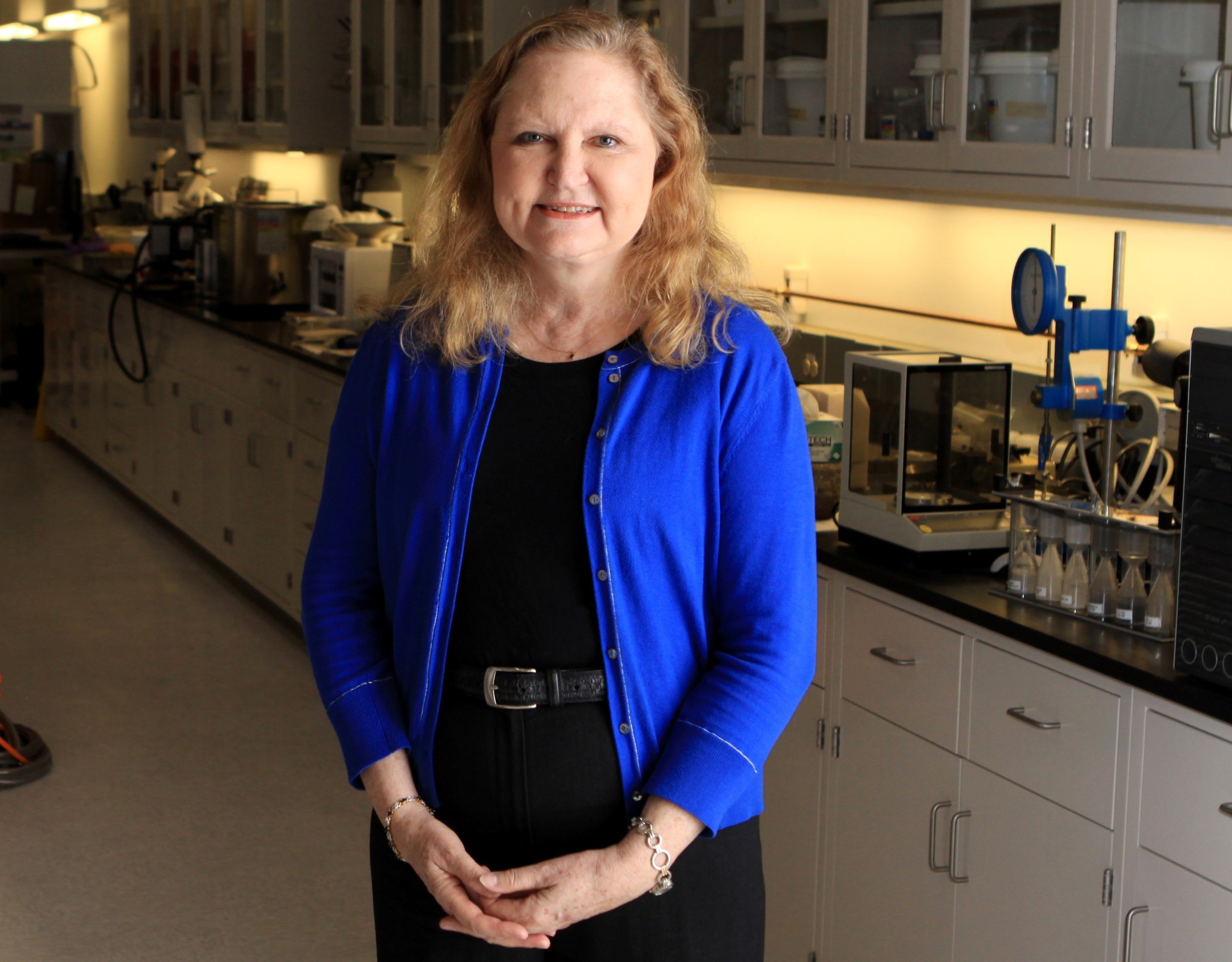
Located in the southern part of the state, Premont was typical small-town America with a population then and now of about 2,700.
“Growing up, I was always fascinated with math and science,” Thompson said.
That interest led her to the University of Texas in Austin where she was studying pre-med.
“During my senior year, I changed my major to chemistry because research is what I really wanted to do,” she said. “I transferred to what is now Texas State University where I had an opportunity to do research with one of the world’s leaders in polymer chemistry, Dr. Patrick Cassidy.”
During his tenure at the university, Cassidy founded and directed several institutes and centers, including the Polymer Research Group, and published and presented papers internationally.
This new direction also presented Thompson with an opportunity to teach undergraduate chemistry lab courses. Her favorite lab course to teach was organic chemistry.
“I loved the work,” she said. “I learned a great deal from Dr. Cassidy while working as a research assistant in his lab, and I was honored to be the one selected from ten research assistants to work a special project for the Army.”
The new position offered a chance to work with Dr. G. Ronald Husk, the U.S. Army Research Office’s director of polymer investigations, during his one-year sabbatical at Texas State. This resulted in Thompson, Husk and Cassidy coauthoring a paper in the publication Macromolecules, describing polyimide studies with the unpublished goal of protecting the military from chemical warfare agents.
After graduating with honors in chemistry, Thompson was offered several jobs. She accepted a research position that turned out to be the lowest paying of those offered.
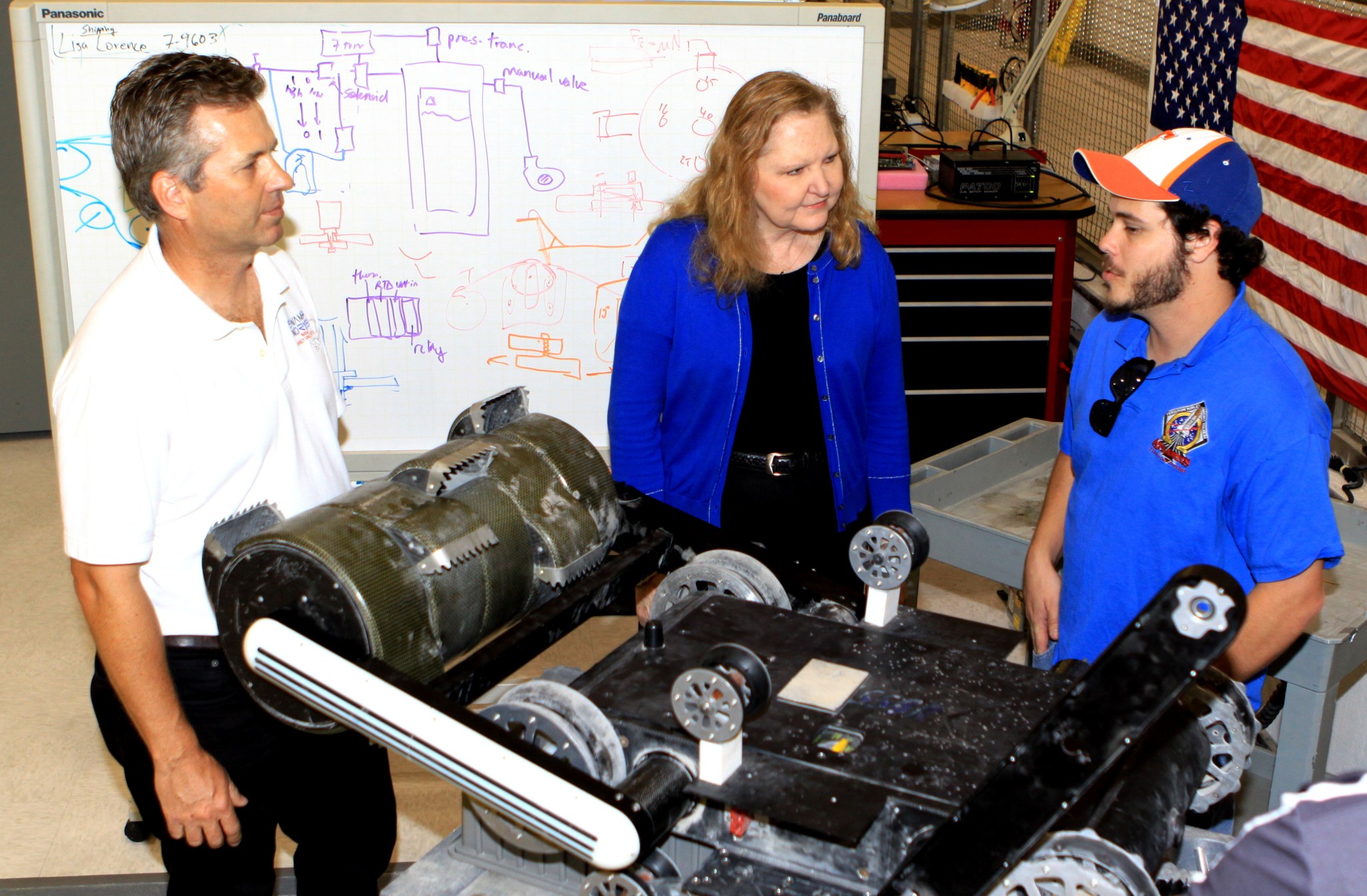
“The job provided the best opportunity to follow my chosen career path,” she said. “When Bob Crippen was Kennedy’s center director, he encouraged me to speak to university students to urge them to select jobs that advance their careers toward their life goals rather than taking a short-term view.”
Thompson worked at the Texas Research Institute in Austin where she developed new materials to solve problems for the Department of Defense. While working on projects funded by the Naval Research Laboratory (NRL), she co-authored papers with Dr. Corley Thompson of the NRL division in Orlando who later convinced Thompson to move to Florida and marry him.
Thompson moved to Florida when she became a lead research chemist with PCR Corp. in Gainesville. She began her career at Kennedy in 1987, accepting a position with Boeing Aerospace Operations supporting NASA’s Engineering Support Contract.
After joining NASA in 1988, Thompson worked as a research scientist.
“We were trying to develop coatings for corrosion protection,” she said. “The trick was making normally brittle polymers into a coating that could be sprayed or brushed onto surfaces.”
There were many who thought it couldn’t be done.
“It was challenging,” she said, “but I told them I’d see what I could do.”
She went on to invent the breakthrough technology of electrically conducting polymer coatings that were shown to provide corrosion resistance to the coated surface. The new technology led a team from NASA and the Department of Energy at the Los Alamos National Laboratory to further develop these innovative coatings.
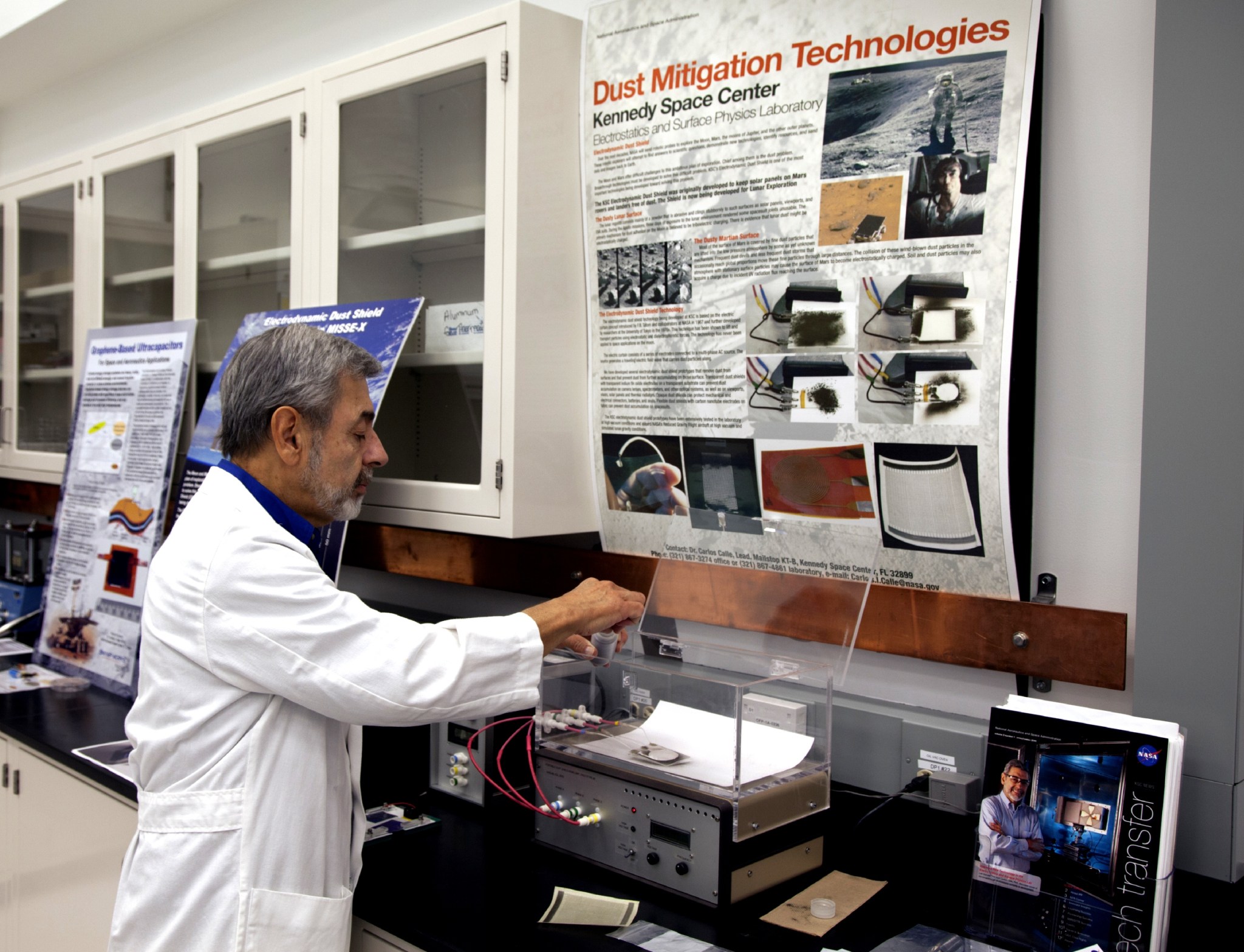
Thompson noted that the novel polymer coatings have led to further work by many research organizations that have developed coatings to prevent corrosion on steel structures. The American Chemical Society produced a book on electroactive coatings where Thompson and her co-inventors were recognized as pioneers in the field and authored the first technical chapter. The invention received a patent and was the recipient of the 1997 Distinguished Patent Award from the Los Alamos National Laboratory.
Her honors also have included the Kennedy Invention of the Year Award, the NASA Exceptional Service Medal, two Space Act Awards, and the Best of the Best Safety Award among others. In February 2005, she received the Texas State University’s Distinguished Alumna Award for her ongoing accomplishments.
In 1993, Thompson moved into management in NASA where she served in a series of positions, including managing collaborative partnerships involving NASA and external partners. She also managed advanced technology programs for Kennedy, supervising teams of researchers, serving as the Science and Technology Manager of the Kennedy Exploration Office, and serving as associate director of the Applied Research and Technology Directorate prior to assuming her current position in 2010.
Thompson served on the formulation team of the Office of the Chief Technologist as the Space Technology Programs were formulated.
“In the past few years, I’ve been fortunate to have an opportunity to work with the team in the Office of the Chief Technologist at NASA Headquarters in developing and implementing the agency’s strategic technology planning as we develop research and technology that fills recognized needs for future NASA missions,” she said. “I have enjoyed working with key stakeholders in mission directorates in NASA as well as with collaboration partners from other centers, other government agencies, industry and academia.”
With new programs such as the Orion spacecraft and Space Launch System rocket being developed, NASA’s goals include ambitious programs such as exploring an asteroid and trips to Mars.
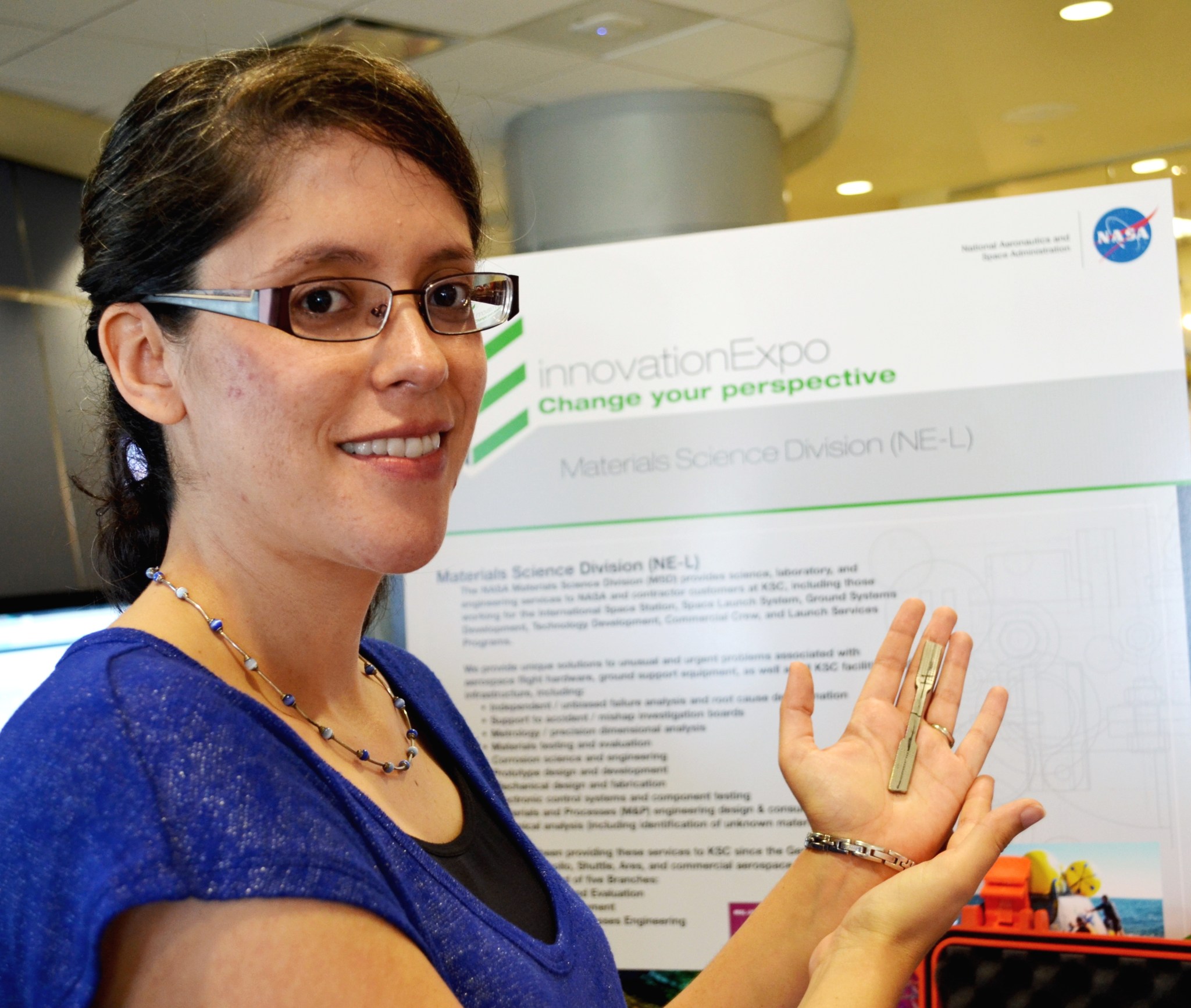
“The new programs have led us to so many different technological areas for research,” said Thompson.
Much of the advanced research is taking place in Kennedy’s Swamp Works where NASA scientists work on developing rapid, innovative and cost-effective exploration mission solutions through partnerships across NASA, industry and academia.
One area of study going on in the Swamp Works is to develop instrumentation that would help astronauts deal with the problem of electrostatic dust phenomena during future planetary exploration missions.
Additionally, destinations for future human exploration will require learning to live off the land. Thompson noted that NASA experts at Kennedy are hard at work developing the technologies that will be needed over the next several decades to send humans to a range of destinations beyond low-Earth orbit.
“Trips to deep space will require us to reduce weight and only carry the types of payloads we really need for our exploration goals,” she said.
Called “in-situ resource utilization,” the concept involves relying on available resources that will enable more affordable extraterrestrial exploration and operations.
One illustration is a reactor being developed by scientists at Kennedy that converts common trash into usable byproducts. Food wrappers, used clothing, scraps, tape and packaging accumulated by a crew of astronauts can be turned into valuable methane gas, oxygen and even water.
Researchers are also developing methods to use water that may be available on the moon or Mars. This capability also will minimize the amount of materials carried from Earth. Advanced, autonomous devices could help astronauts benefit from available in-situ resources on Mars or other planets.
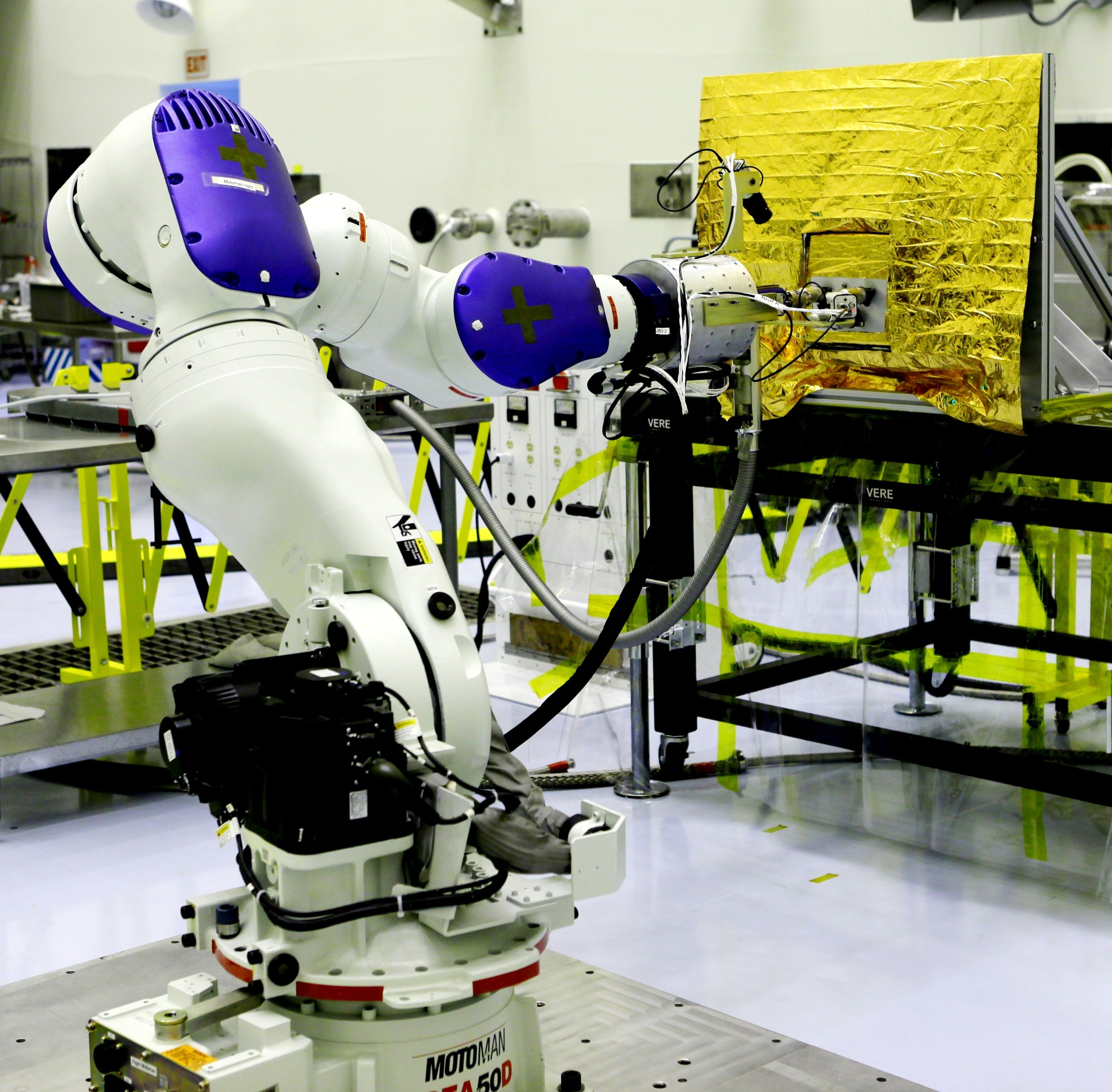
Another innovative technology being developed at Kennedy is called “SMASH,” for Shape Memory Alloy Self-Healing. Thompson explained that the technology is designed to create metals that, when damaged, can repair themselves. Aircraft and spacecraft can be subject to material fatigue, the progressive and localized structural damage that occurs when a material is subjected to repetitive stress.
“SMASH would provide future spacecraft landing on a distant planet with an improved margin of safety,” she said.
“In many of the ongoing projects, we are collaborating with other centers and the Space Technology Mission Directorate,” Thompson said. “We also are working with industry and academia.”
The Space Technology Mission Directorate is responsible for developing the crosscutting, pioneering, new technologies and capabilities needed by the agency to achieve its current and future missions.
An example of a joint project is an effort in which a team at Kennedy is collaborating with counterparts at the agency’s Goddard Space Flight Center in Greenbelt, Maryland, in testing components for a simulated robotic satellite servicing spacecraft. Earlier this year, engineers demonstrated groundbreaking technology that could add additional years of service to satellites by performing the design, development and qualification testing of the critical hypergolic propellant transfer system.
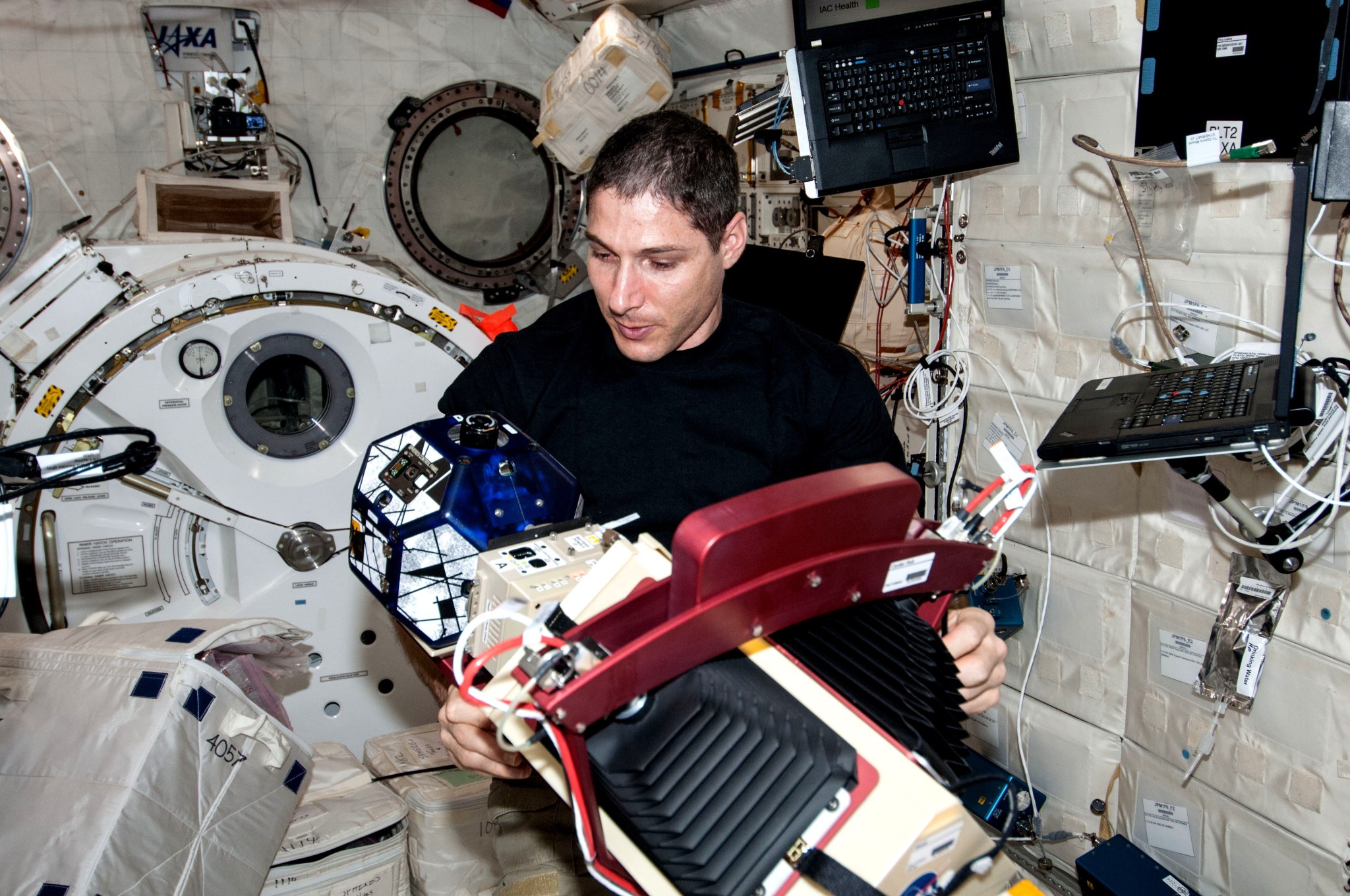
As launch vehicles have grown in size, fuel and oxidizer tanks have become more complex resulting in unexpected changes in thrust, potentially endangering flight crews and mission success. A team of scientists and engineers at Kennedy is studying how to better understand this phenomenon and reduce its potential impacts to flight safety.
Engineers at the Florida spaceport developed the “Slosh” experiment that is now being used on the International Space Station (ISS) to study how liquid propellants perform in a reduced gravity-environment.
“I’m proud of the efforts our people have made in varied areas of research and technology,” she said. “Our center is focusing on making these R&T areas even stronger as we organize center functions to combine our excellent ISS organization with R&T programs from across the center. This will optimize synergies and assist with improved R&T strategic planning to better serve the agency. Our teams are developing the technologies that will help us to become more cost efficient and to attain our exploration goals while also developing technologies that will help our own planet Earth.”




























